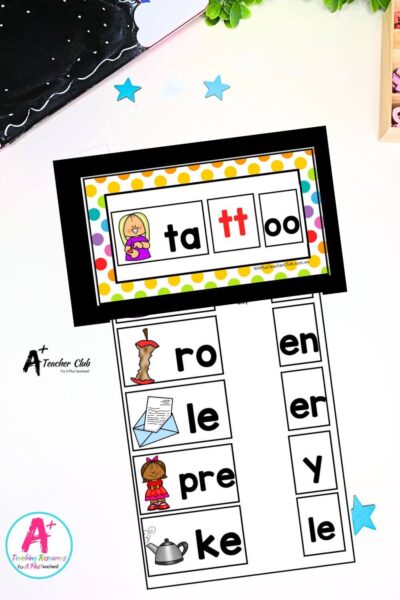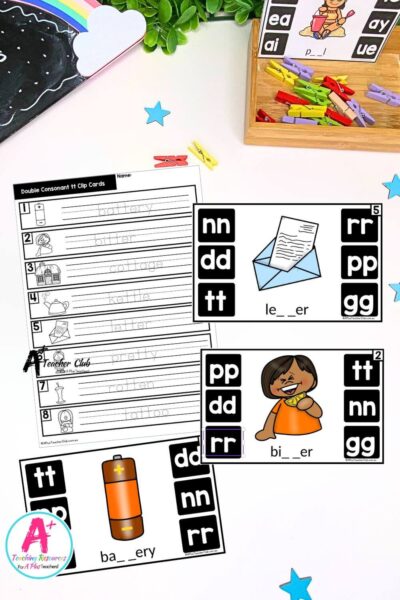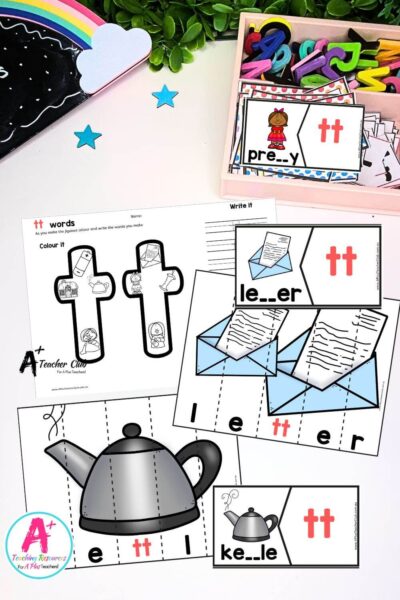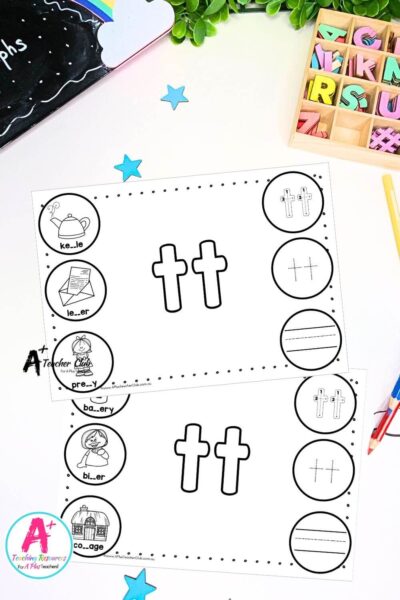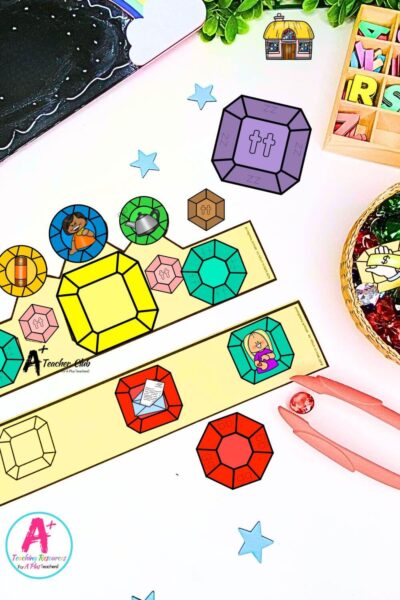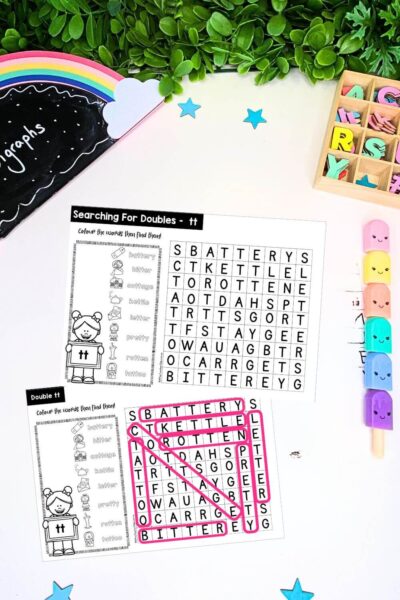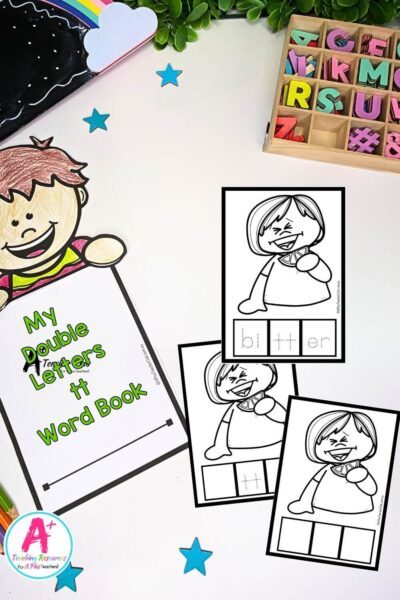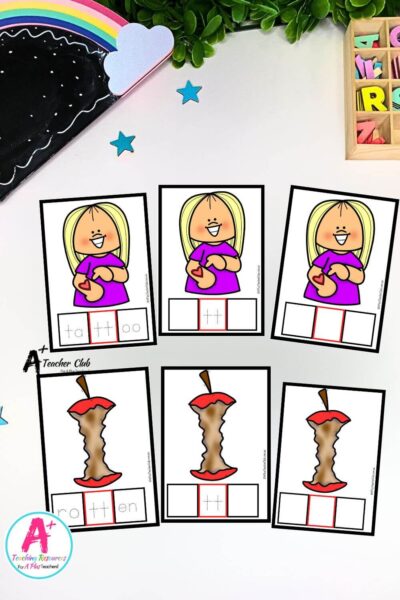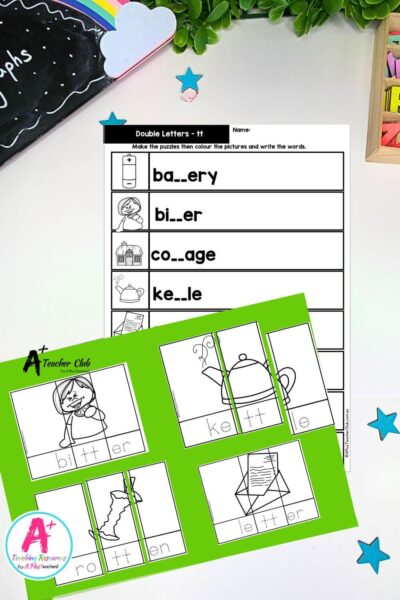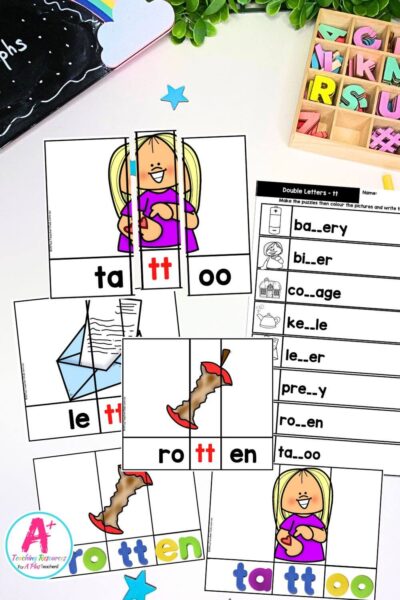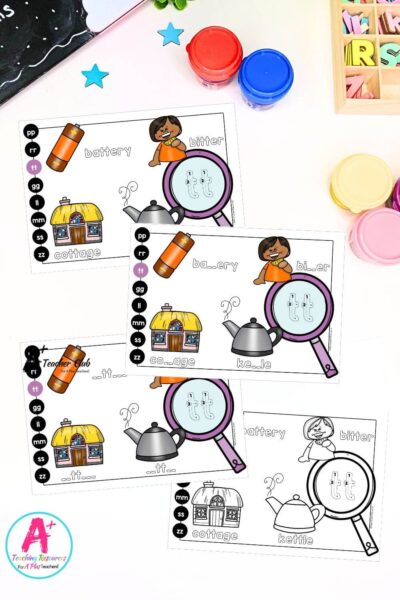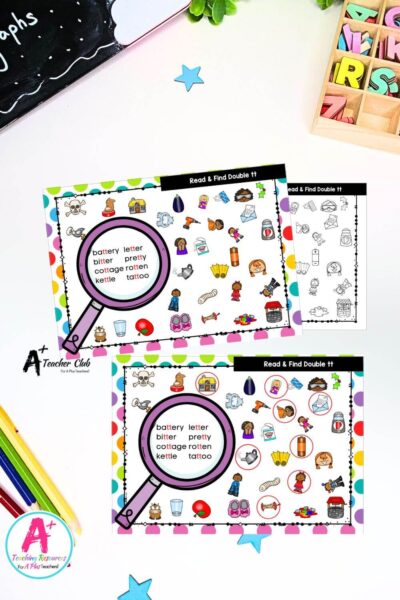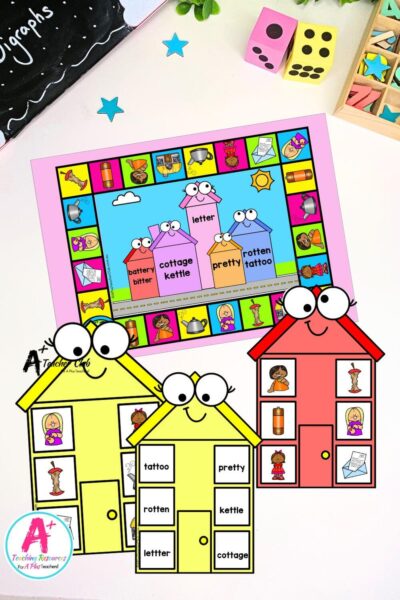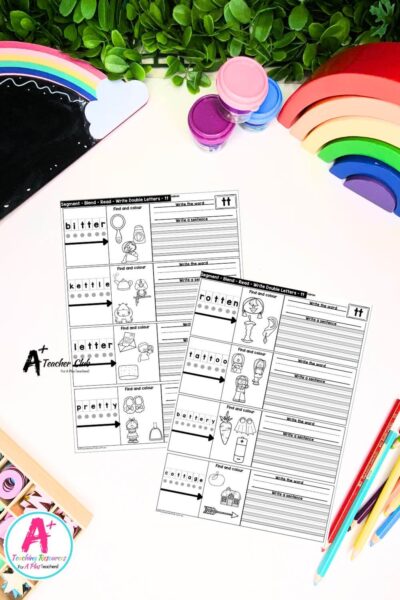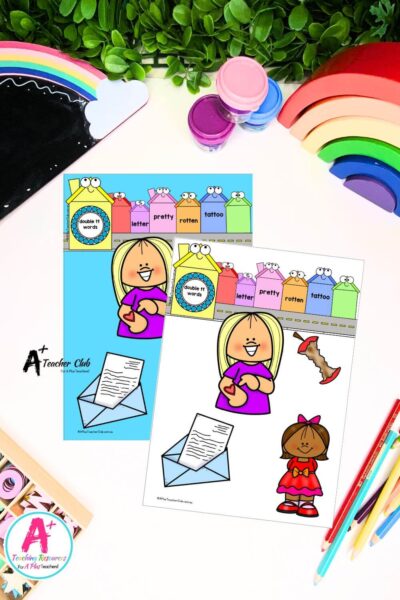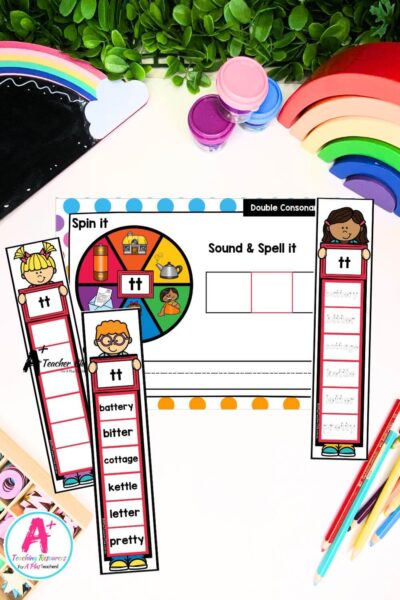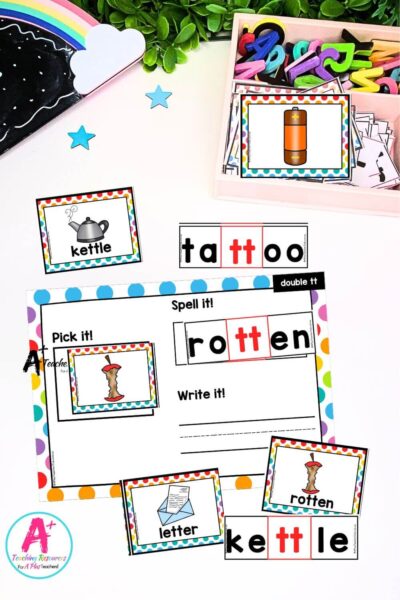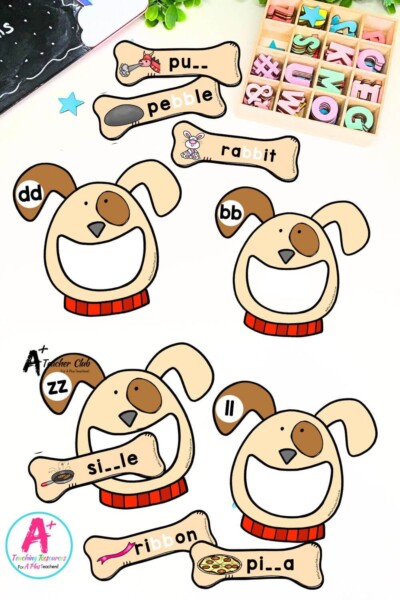Teaching Double Consonant “tt”
Phonics, Spelling, & Grammar Resources
Mastering the Double Consonant “TT” Rule: A Teacher’s Guide
Teaching phonics and spelling can be challenging, especially when introducing the rules for double consonants like “tt.” Understanding the double consonant “tt” rule is essential for students to improve their reading and writing skills.
In this guide, we will break down the double consonant “tt” rule, providing clear examples and addressing common difficulties students may encounter. You’ll also find helpful teaching strategies and resources to support your phonics instruction and ensure students confidently master the use of double consonants.
What is a Double Consonant “TT”?
A double consonant occurs when the same consonant appears twice in a row within a word. This repetition typically helps maintain a short vowel sound or clarify pronunciation. In the case of “tt,” the letter “t” is doubled, often appearing in words where a short vowel precedes the consonant.
Double consonant “tt” is commonly found in words with short vowel sounds, such as “batter,” “cattle,” and “butter.” The doubling of “t” helps preserve the short vowel pronunciation and ensures proper spelling. Teaching students to recognise and correctly use double consonants like “tt” is crucial for their spelling accuracy and reading fluency.
When to Use the Double “TT” Consonant Rule
The Double “TT” Consonant Rule helps students determine when to double “t” in their spelling. Here are the key instances when the rule applies:
- Short Vowel Rule
Students should double the “t” when a word has a short vowel sound followed by a single “t.” This prevents the vowel from being pronounced as a long vowel.- Examples: batter, letter, better
- Stressed Syllables in Multisyllabic Words
In longer words, double “t” appears when the syllable containing the short vowel is stressed.- Examples: admit (ad-mit), commit (com-mit)
- Adding Suffixes
When adding suffixes such as “-ed” or “-ing” to words ending in a short vowel followed by “t,” the “t” is doubled to maintain pronunciation.- Examples: bat → batted, getting → getting
Double “TT” Consonant Exceptions
Some words do not follow the Double “TT” Consonant Rule due to pronunciation, etymology, or word structure. Here are some common exceptions:
- Words with Long Vowel Sounds
- Examples: cater, later, voter
- Why the Rule Doesn’t Apply: These words contain long vowel sounds, so there is no need to double “t.”
- Words Ending in “t” with an Unstressed Final Syllable
- Examples: visit, profit, credit
- Why the Rule Doesn’t Apply: The final syllable is not stressed, so the “t” remains single.
- Compound Words
- Examples: flashlight, suitcase
- Why the Rule Doesn’t Apply: The “t” belongs to the first part of the compound word, which retains its original spelling.
- Words Derived from Latin or Greek
- Examples: habitat, robot, pilot
- Why the Rule Doesn’t Apply: These words follow their original language spelling patterns and do not conform to the standard double consonant rule.
Double Consonant “tt” Word List
“tt” words
Common Issues and Confusions with Double “TT” Consonant Words
Students often struggle with the double “tt” rule due to spelling inconsistencies and pronunciation challenges. Here are some common difficulties they may face:
- Overgeneralising the Rule
- Students may incorrectly double “t” in words that do not require it, such as “cater” becoming “catter.”
- Mispronouncing Short and Long Vowel Sounds
- Some students may not recognize when to use a short vowel sound, leading to misspellings like “writen” instead of “written.”
- Confusion When Adding Suffixes
- When adding “-ed” or “-ing,” students may forget to double the “t” in words like “submit” becoming “submited” instead of “submitted.”
- Mixing Up Words with Similar Spelling
- Words like “bet” and “better” or “pat” and “pattern” can confuse students due to similar letter structures but different pronunciation rules.
Conclusion and Next Steps
Teaching the double consonant “tt” rule is essential for helping students develop strong spelling and phonics skills. By understanding when to apply the rule, recognizing exceptions, and practising common patterns, students can improve their spelling accuracy and reading fluency.
To make learning even easier, we have prepared a set of engaging and interactive resources to support your phonics lessons. Download the resources below to help your students master the double consonant “tt” rule with confidence!
Resources listed in this collection
Click to jump to...-
Double Consonant Strip Reader - tt
-
Double Consonant Clip Cards - tt
-
Double Consonant Strip Puzzles - tt
-
Double Consonant Writing Mats - tt
-
Double Consonant Crown Craft - tt
-
Double Consonants Word Search - tt
-
Double Consonant Student Book - tt
-
Double Consonant Flash Cards - tt
-
Double Consonant B&W 3 Piece Puzzles - tt
-
Double Consonant Colour 3 Piece Puzzles - tt
-
Double Consonant Playdough Mats – tt
-
Double Consonants I Spy Read & Find – tt
-
Double Consonant Board Game - tt
-
Double Consonant WORKSHEETS – tt
-
Double Consonant Posters – tt
-
Double Consonant Spin & Spell - tt
-
Double Consonant Word Builder - tt
-
Double Consonants Feed Me Dogs
Double Consonant Resources -tt
Explore tags
More Double Consonant Resources
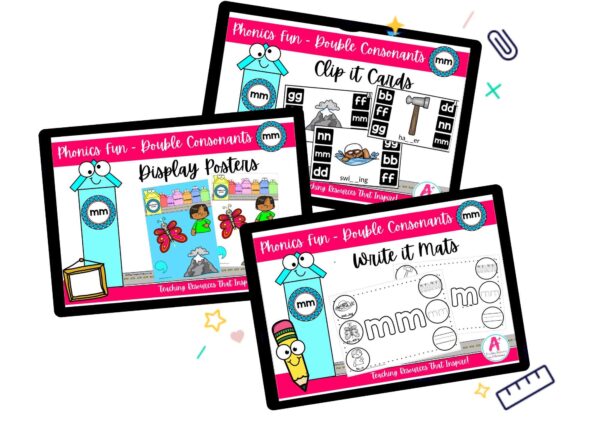
Double Consonants - mm
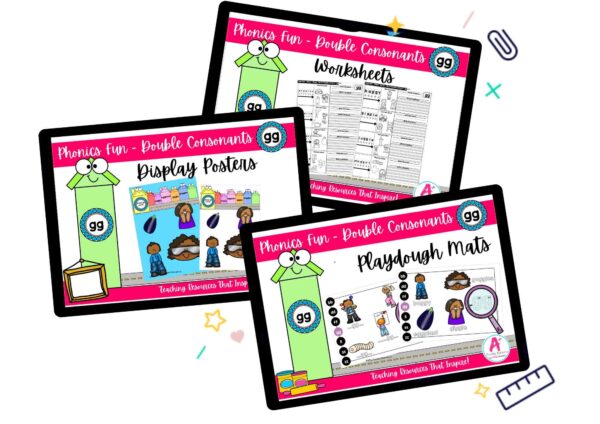
Double Consonants - gg
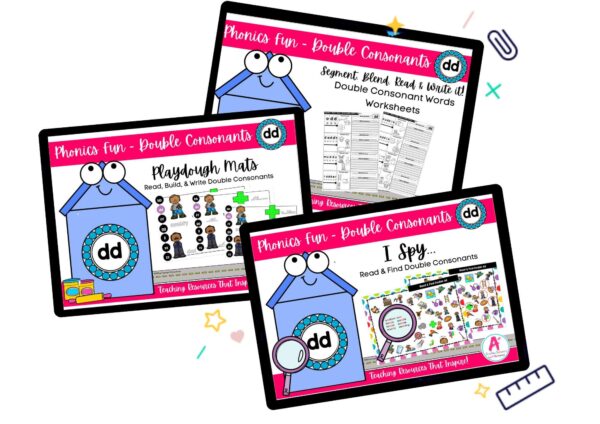
Double Consonants - dd
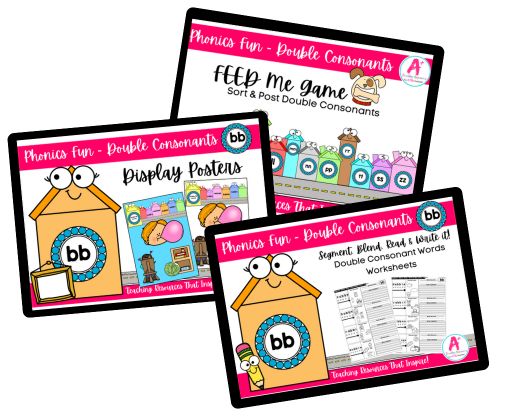
Double Consonants - bb
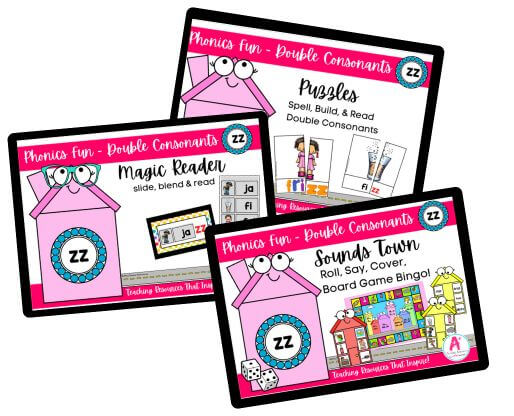
Double Consonants - zz
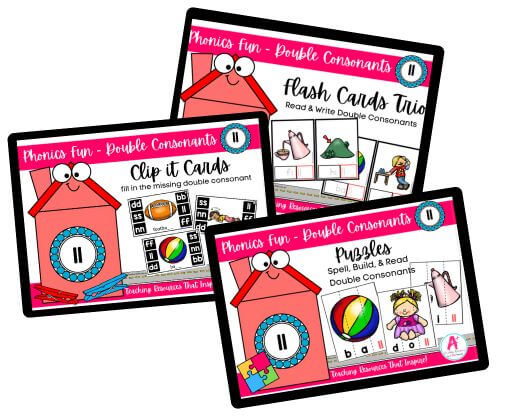
Double Consonant - ll
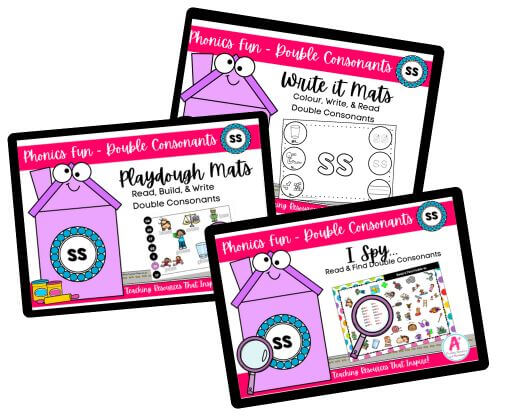
Double Consonants - ss
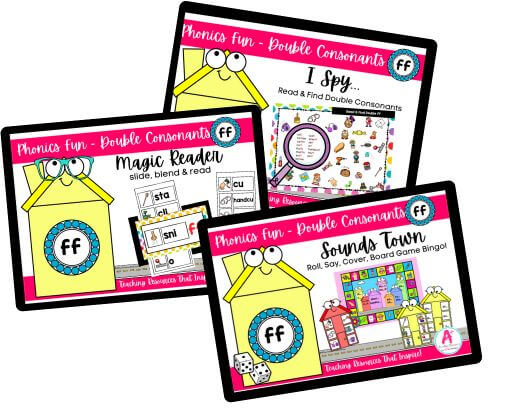
Double Consonants - ff
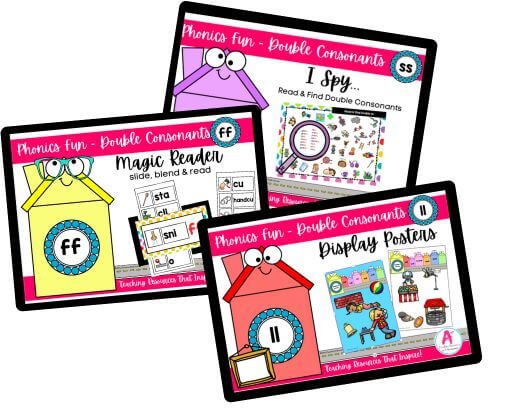
Double Consonants Collections
Can't find what you're looking for?
Send us a request! Use this form to request a resource. Please give details of the learning area, topic, year level, curriculum links. We’ll be happy to take a look to see if we can fit it in. Unfortunately a request does not guarantee we will be able to make it!
"*" indicates required fields

